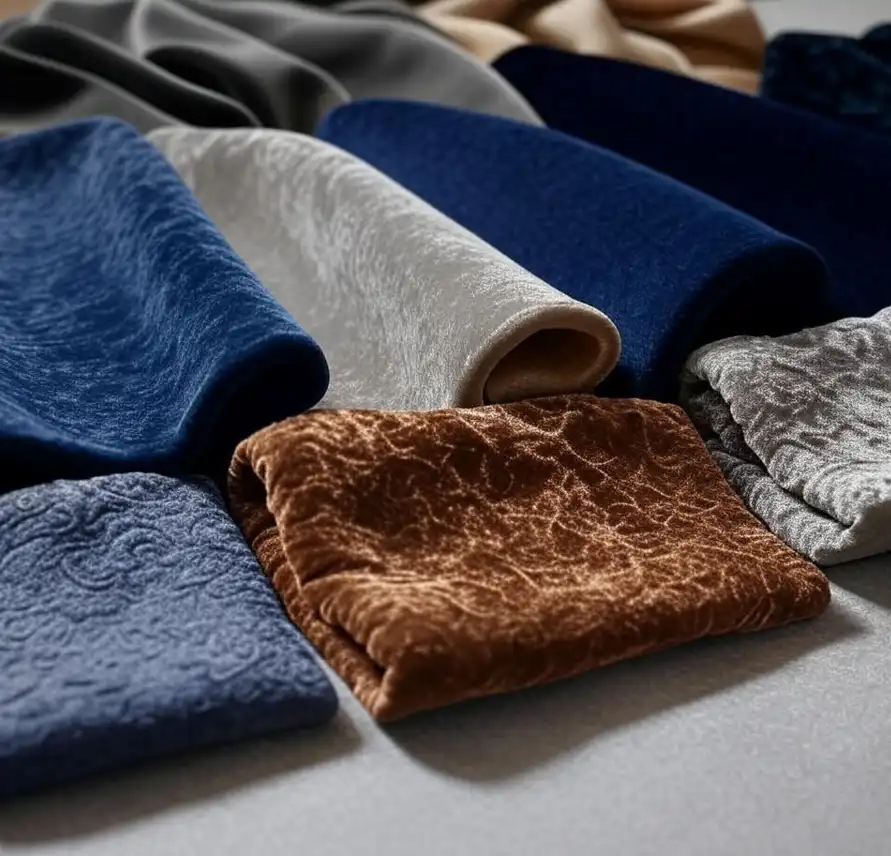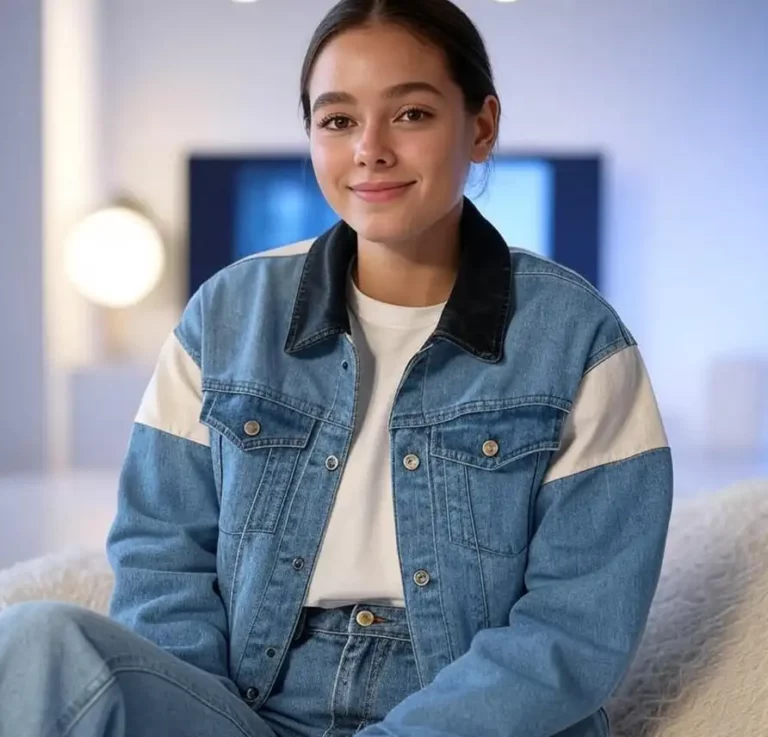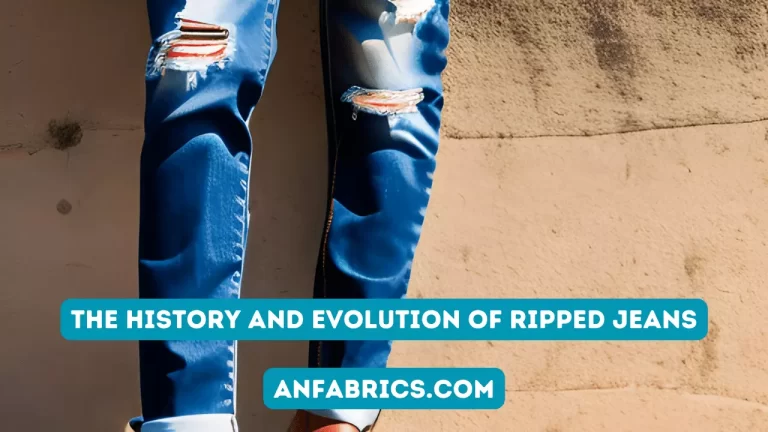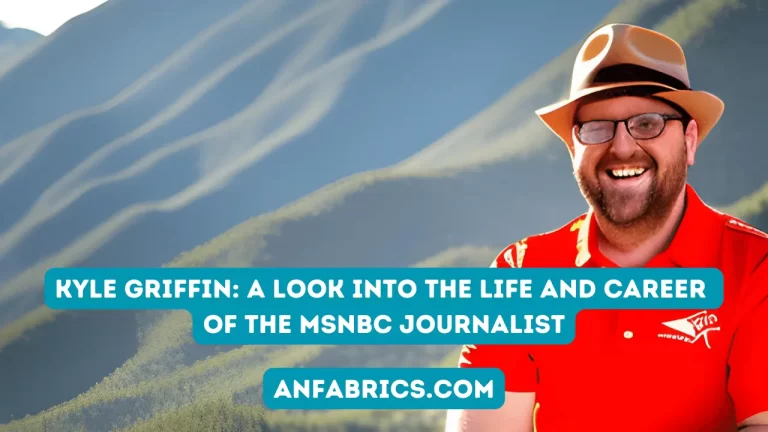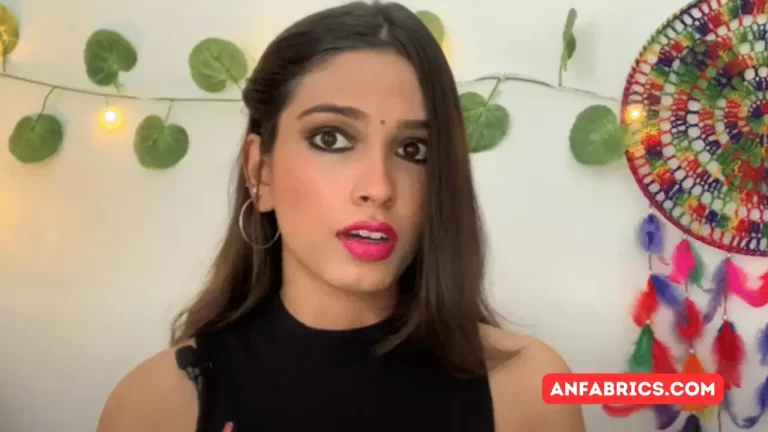Fashion Career Guidance: Path to Success in the Fashion Industry
Embark on a successful fashion career with our expert guidance. Unlock the path to success in the dynamic world of the fashion industry.
Embarking on a fashion career guidance requires passion, determination, and hard work. In this competitive industry, it is essential to stand out and offer unique skills and perspectives.
Picking the right fashion job can be a daunting task, given the multitude of opportunities available in the industry. With the high demand for fashion jobs, it’s crucial to have a clear understanding of your interests and aspirations to pursue your dream career successfully. In this article, we will explore various fashion jobs, providing detailed descriptions that will bring you one step closer to establishing a rewarding career in the fashion industry.
Fashion Designer
Aspiring fashion designers often find themselves captivated by the glamour and rewards associated with this career. However, becoming a successful fashion designer requires hard work and dedication. Fashion designers need to stay updated on the latest trends, often pushing the boundaries of creativity. They create sketches of their designs, utilizing hand-drawn techniques or computer-aided design (CAD) software. Fabric and material knowledge is essential in order to create samples that showcase the final product. Fashion designers can specialize in clothing, footwear, or accessories. This career demands long hours, intensive work, and extensive travel to promote designs and meet deadlines.
Fashion Merchandising
Fashion merchandising offers a range of challenging opportunities. A fashion merchandiser must have a deep understanding of consumers’ desires, as well as the ability to present products effectively, determine price points, and entice customers to make purchases. Strong business, financial, and advertising skills are crucial in this role. Fashion merchandisers may find themselves creating budgets, tracking profits and losses, managing inventory, developing marketing strategies, and curating creative visual displays. This multifaceted career allows for growth and advancement in the industry.
Fashion Buyer
Fashion buyers play a vital role in the success of brands and companies. They need to possess excellent communication skills, assertiveness, organization, and drive. Working closely with designers, merchandisers, and key stakeholders, fashion buyers select products to present to consumers, ensuring that best-selling items remain consistently available. Buyers must stay aware of current and future trends to make informed decisions regarding clothing, shoes, accessories, and more. Building strong relationships with suppliers, negotiating prices, and understanding market costs and consumer demands are essential skills for fashion buyers. This role requires working under pressure, frequent travel, and thorough research and analysis.
Fashion Director
Fashion directors, also known as creative directors or fashion coordinators, hold responsibility for shaping the image and aesthetics of a store, magazine, or fashion house. They oversee ad campaigns, photoshoots, and fashion films, ensuring that the models, photographers, locations, and concepts align with the brand’s vision. Renowned creative directors like Grace Coddington from American Vogue exemplify the immense pressure and dedication required in this role. As a fashion director, you are responsible for presenting the brand’s image to the world, making it one of the most prestigious fashion jobs with high expectations.
Fashion Forecaster
Fashion forecasters hold one of the most influential positions in the industry, as they predict future trends and styles. Their role involves extensive research and analysis of potential trends, colors, fabrics, and patterns. Fashion forecasters draw inspiration from various sources, including movies, music, and even science and technology. Becoming a fashion forecaster is a highly esteemed career choice that requires a comprehensive understanding of fashion combined with creativity and research skills.
Fashion Stylist
Fashion stylists have the task of creating visually appealing looks for individuals. They possess an understanding of colors, fabrics, and styles that flatter different body shapes, and they excel in accessorizing and completing outfits. Stylists are responsible for selecting the best pieces for photoshoots, events, and more, conveying the desired image and vision. Whether working as personal shoppers or styling photo shoots for websites, magazines, or newspapers, fashion stylists contribute to the overall aesthetics of the fashion industry.
Fashion Photographer
Fashion photographers must excel in both fashion and photography. They must understand angles, lighting, and other technical aspects while also having a deep knowledge of fashion trends, designers, and industry events. Fashion photographers capture images for model portfolios, ad campaigns, and fashion shows. Their photographs must showcase the movement and flow of the clothing, effectively communicating the desired message. Collaboration with stylists, makeup artists, and models is vital to achieving a visually compelling result.
Fashion Editor
Fashion editors guide the direction of fashion publications, websites, and other media platforms. They edit the work of fashion writers, provide suggestions, and research potential stories. To excel in this role, fashion editors must be organized, punctual, have strong verbal communication skills, and possess impeccable writing and journalistic abilities. Working under tight deadlines and keeping up with industry trends and competition, fashion editors craft compelling and creative content.
Fashion Writer
Being a fashion writer entails extensive research and creativity. Fashion writers must stay current with fashion trends and generate innovative writing ideas. Strong writing skills, meeting deadlines, and adapting to various platforms are crucial for success in this career. Fashion writers have the opportunity to work as freelancers, contributing to television shows, websites, blogs, local magazines, newspapers, or major publications such as Vogue or Elle. This profession offers numerous avenues for aspiring writers to establish themselves in the industry.
Fashion PR (Fashion Public Relations)
Creating a positive consumer perception is paramount in fashion PR. While advertising and marketing create consumer desire, public relations manages the brand’s image in the public eye. Public opinion greatly influences a company’s success and longevity. Fashion PR professionals bridge the gap between the fashion industry and the public, ensuring effective communication and a positive brand image.
In conclusion, whether you aspire to be a fashion designer, merchandiser, buyer, director, forecaster, stylist, photographer, editor, writer, or PR professional, each role demands commitment and continuous growth. Identify your strengths, motivations, and areas of interest to find the fashion job that resonates with you the most. Remember, success in the fashion industry is achieved through perseverance and dedication.
-

Fabric Forward: The Textiles Defining Style in 2025
Discover 2025’s top fashion fabrics: sustainable Tencel, smart textiles, and textured velvet. Explore style trends at Elysium Lifestyle Magazine.
-



How to Style A Rave Bodysuit?
Rave bodysuits are the perfect way to stand out at any party. In this blog post, we’ll give you tips on how to style a rave bodysuit.
-


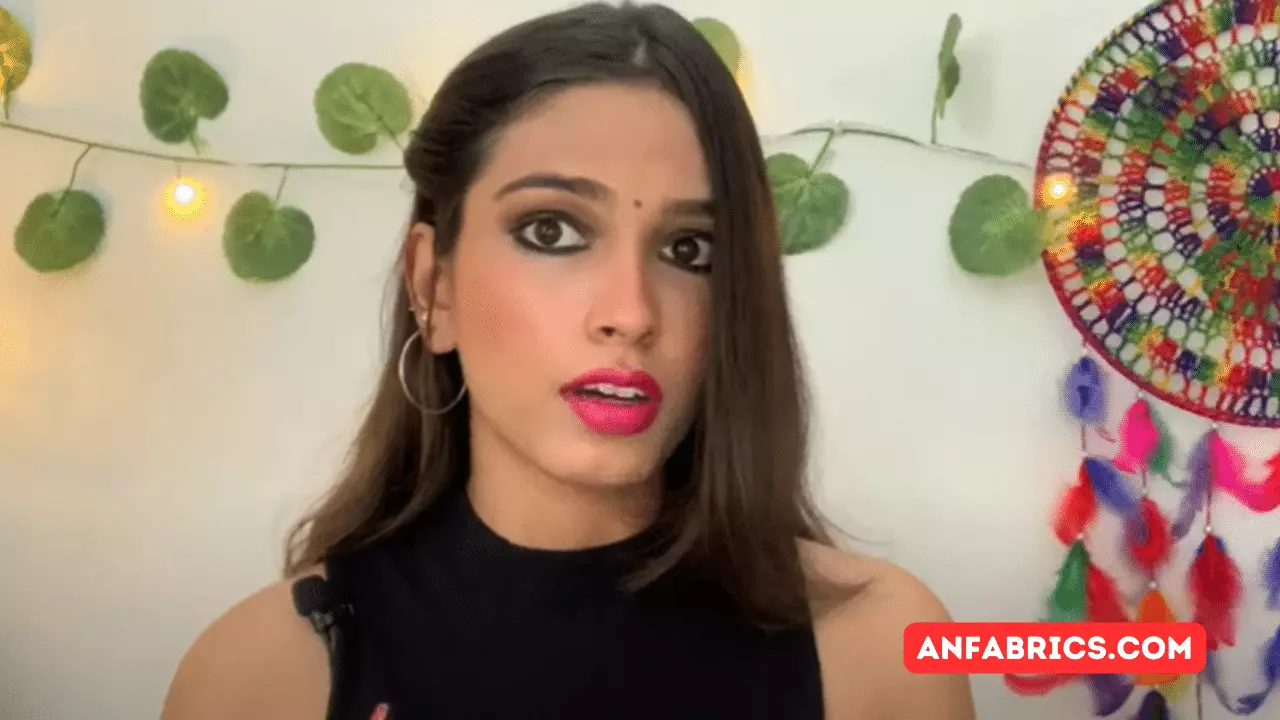
Vlog Review: Styling Tips for Skinny Legs – Flattering Fashion Advice for Skinny Girls – Fashion Guide
Unlock flattering fashion advice for skinny girls with our vlog review on styling tips for skinny legs. Enhance your fashion game! #VlogReview #SkinnyLegsStyling #FashionGuide #FlatteringFashionAdvice
-



BloomChic Review: Stunning Apparel for Sizes 10-30 – A Detailed Try-On Experience
Discover stunning apparel for sizes 10-30 with our detailed try-on experience of BloomChic. Read our review and indulge in fashion that celebrates every body. Don’t miss out on the perfect fit and style that will make you feel confident and beautiful!
-



Top 25 Benefits of Waist Beads
Discover the amazing benefits of waist beads, from enhancing body awareness to embracing cultural traditions. Explore the beauty within!
-



Fashion Career Guidance: Path to Success in the Fashion Industry
Embark on a successful fashion career with our expert guidance. Unlock the path to success in the dynamic world of the fashion industry.
-


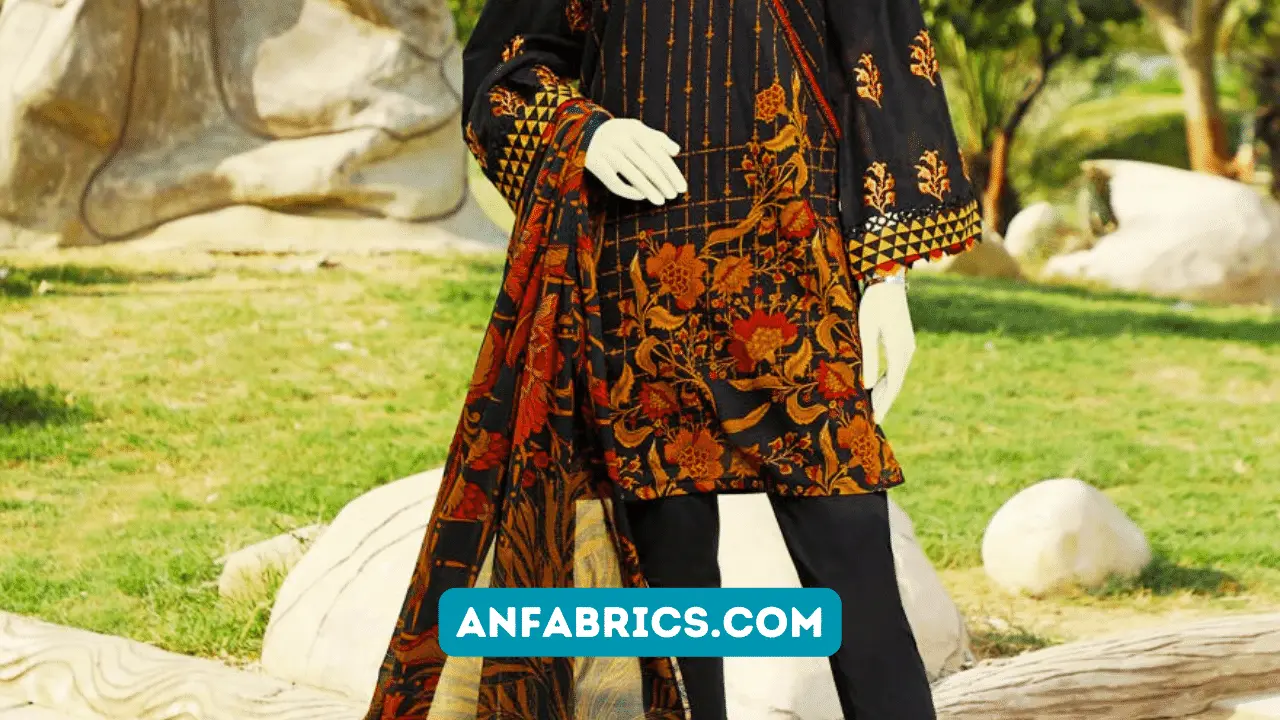
Junaid Jamshed Sale: Shop the Best Deals on Fashion
Grab exclusive deals on fashion at Junaid Jamshed Sale. Shop now for the best discounts and elevate your style!
-



Top 35 Sleeves Design for Kurti 2023
Explore the latest sleeve designs for kurtis in 2023. Stay ahead of fashion trends with our curated collection at An Fabrics!
-



The History and Evolution of Ripped Jeans
Discover the history of ripped jeans, from function to fashion. See how this iconic style has evolved over time. Read now!
-



10 Ways to Style Your Destroyed Crop Jeans for a Fashionable Look
Revamp your wardrobe with these 10 ways to style destroyed crop jeans. Get inspired and create fashionable looks for any occasion.
-


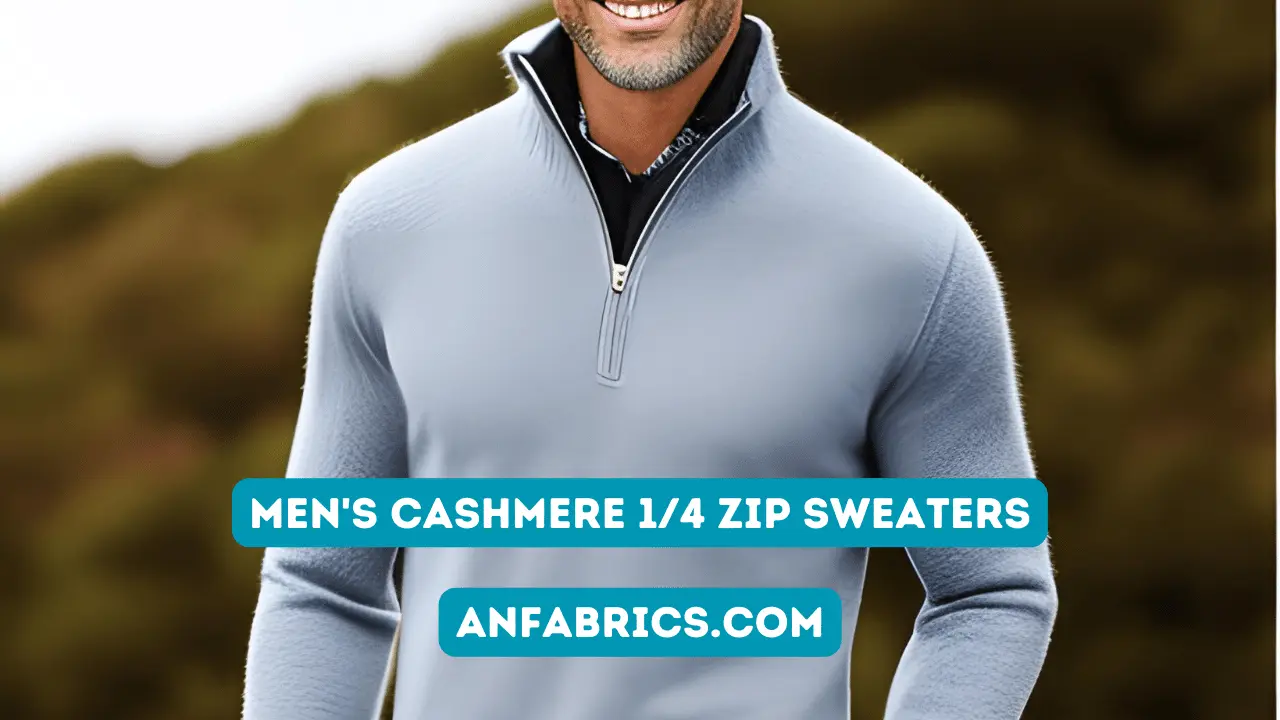
Soft & Stylish: Men’s Cashmere 1/4 Zip Sweaters
Elevate your wardrobe with men’s cashmere 1/4 zip sweaters! Experience the luxurious comfort and style. Browse the latest collection!

